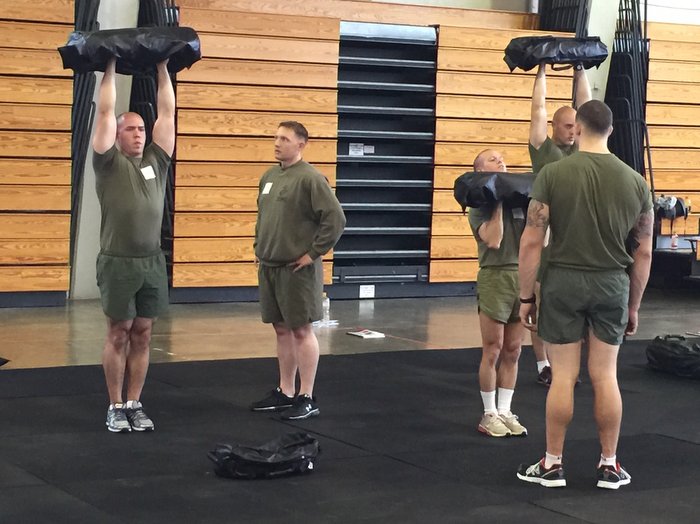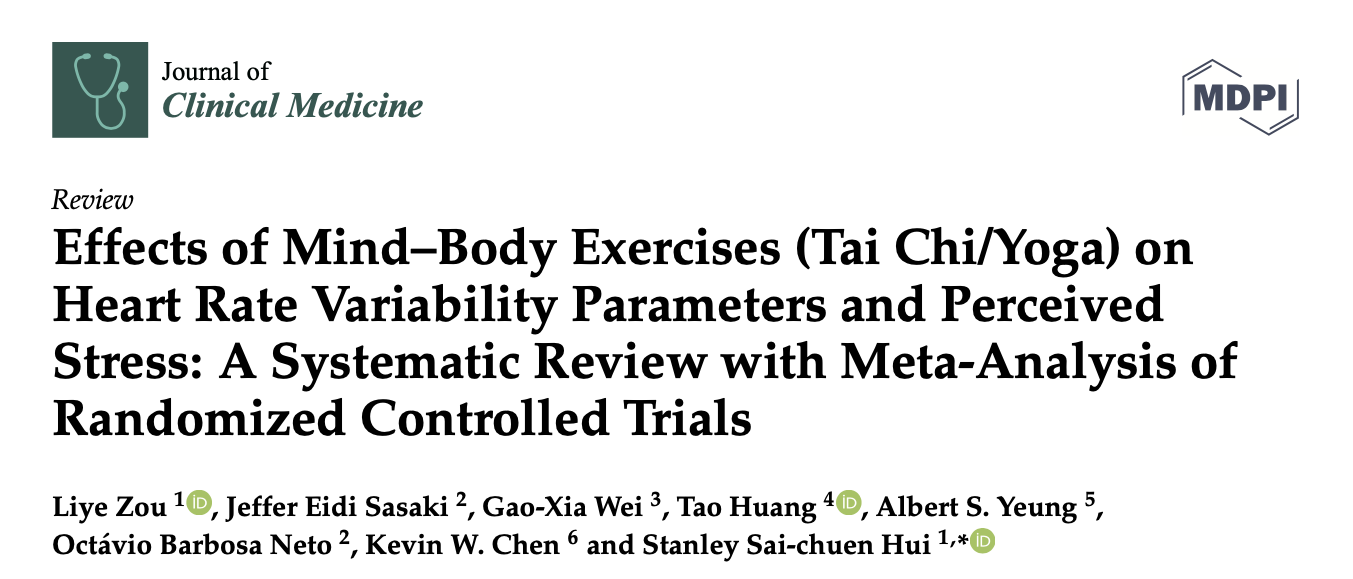Misunderstanding Workout Recovery
2023-05-22
Maybe one of the least sexy, but one of the most important topics around getting better results in your fitness programs is that of recovery. Sure, there are A LOT of people talking about workout recovery, but even with all the gadgets and science we have, when it comes to practical application we still are not getting the point!
It is often forgotten that the point of exercise is to induce a stress to our body in which we adapt. If there is too much or too little, we don’t get the adaptations we want. That is why just measuring the success of your workouts by how tired you get isn’t all that effective.
That is why there is the old gym saying, “you don’t grow in the gym, you grow outside of the gym.” This of course is referring to our ability to have appropriate workout recovery from our training. How do we do that and where do many often go wrong?
Recovery Ends Up Being Another Workout
Discipline is often used in fitness to describe resisting eating something that isn’t conducive to our goals, or choosing to train when we don’t feel like it. However, another important aspect of discipline comes to our workout recovery. I can’t tell you how many times I see fitness pros post their workout recovery sessions only to see them turn into another full blow rather intense workout.
I tend to find that fitness pros often have a hard time doing less! They aren’t the only ones though. When I was working with a gentleman who was going from the Navy Seals to being an Army Green Beret (long story there but he was a very unique guy!) my biggest challenge wasn’t pushing him, but quite the opposite. He ONLY knew how to go 100 miles per hour in his training. If you said do an hour he would go for two hours, if you told him to do 10 he would do everything in his power to get 12 or even 15 repetitions, you get the point!

In my time working with A LOT of different tactical athletes, teaching them to not go hard all the time is one of the biggest challenges.
What was the HARDEST thing for him to do was less and to learn to focus on workout recovery not just how hard he could push himself. Watching how anxious he would get with the idea told me how important it was for him to understand to keep performing as he wanted we had to work on his recovery more otherwise he would suffer both physically and mentally.
One has to actually show discipline to make a workout recovery session JUST that and nothing more. Now, this can come in various forms, but I’ll share what I think can be most effective shortly.
Those That Misunderstand Technology
We also have those fitness pros that have good intentions to use technology to measure their workout recovery but often misunderstand the lesson they should be learning. A great example is the concept of heart rate variability or HRV.
You may have heard of people in talking about HRV recently in fitness, but why? What is HRV and how does it relate to your workout recovery and ability to get to your fitness goals?
As the Cleveland Clinic explains, “Heart rate variability is where the amount of time between your heartbeats fluctuates slightly. These variations are very small, adding or subtracting a fraction of a second between beats.
These fluctuations are undetectable except with specialized devices. While heart rate variability may be present in healthy individuals, it can still indicate the presence of health problems, including heart conditions and mental health issues like anxiety and depression.”

Now, HRV is COMPLETELY normal so don’t freak out! How does it relate to our health?
“low heart rate variability is considered a sign of current or future health problems because it shows your body is less resilient and struggles to handle changing situations. It’s also more common in people who have higher resting heart rates. That’s because when your heart is beating faster, there’s less time between beats, reducing the opportunity for variability. This is often the case with conditions like diabetes, high blood pressure, heart arrhythmia, asthma, anxiety and depression.”
The important part here is that a good HRV is a sign of balance of both your excited nervous system state and the relaxed nervous system state. That is where we want to be and shows good recovery. People that typically have a poor HRV score (there are types of devices and apps that measure such things) are said not to be recovered and shouldn’t train until their HRV is better.
Other things can impact HRV like the chronic stressors in our life, so if we have a lot of stress and don’t focus on workout recovery when we train we can actually be both impeding our ability to reach our fitness goals, but also increase our health risks. Now, some will say you feel great when you train and are super stressed, that is great, but typically at some point if you continue to neglect your body being in a chronically stressed state you will start to see issues (why I would see many overtraining issues in many fitness pros that would come to me for help ONCE they were injured and suffering).
So What Should You Do?
The focus on workout recovery has given rise to people believing they have to devote more time to aerobic training like walking. While I have NO problem with such activities and there is research that aerobic activity may help HRV, as a coach I always think about problem solving and getting the MOST out of the time my clients train (even if training is their workout recovery).
When you start thinking about doing things that would enhance our workout recovery like aerobic activity, stretching, mobility work, etc. time can start to add up fast! I have had even the most focused individuals (like the military gentleman I described earlier) complain about the time workout recovery would take. Let’s be honest, it often doesn’t fit what we think about in getting results and isn’t the “cool” stuff people like to do in the gym.
That is why I think it is so cool we have a way to combine aerobic activity, stretching, mobility, and even build stability, balance as well an incorporate other methods we know help workout recovery like deep breathing into a simple workout recovery session. Yup, if you are thinking mind-body practices you are correct!

Yes, if you see the study above (there are many others) mind-body practices like yoga, tai chi, and others have been shown to enhance our workout recovery and tie in all the elements at once. We even get meditation practice in with all the other benefits I’ve already outlined. That is why I think it is a great shame when people think yoga is just for stretching and tai chi is for older people in the park.
I get it though, you aren’t ready to become a full yogi or a tai chi master. Totally understandable especially if you haven’t experienced the benefits of adding such practices to your training and seeing how they can help get faster results in your fitness while enhancing other aspects of your life. So, that is why I put together our Myofascial Integrated Movement program and our new Breath Course (where we dive into combining breath work, meditation, mobility, and movement all into one).
As a fitness coach, how can you add these powerful concepts to your training or those of your clients? It doesn’t take long, 10-15 minutes of consistent practice can go a long ways (of course doing more is great, but I try to set a realistic goal when people are on their own doing homework) and you can even have classes set up around these ideas. How about some examples?
First here is a hip mobility focused series:
You can get our new Breath Work Program AND Myofascial Integrated Movement program for a VERY special price with code “breath” HERE and you can get 30% off our MIM program with code “breath” as well HERE
This is an example of how we can construct something overall for the body and mind at the same time. Such workout recovery sessions aren’t time intensive and as the name implies, helps us train better, but also get greater results from our effort. No special technology needed, no equipment, not much space, and I like to do it outside whenever possible. Talk about putting all the things that are good for us into one package! That is why I am passionate about sharing these ideas with you!
© 2024 Ultimate Sandbag Training. Site by Jennifer Web Design.







